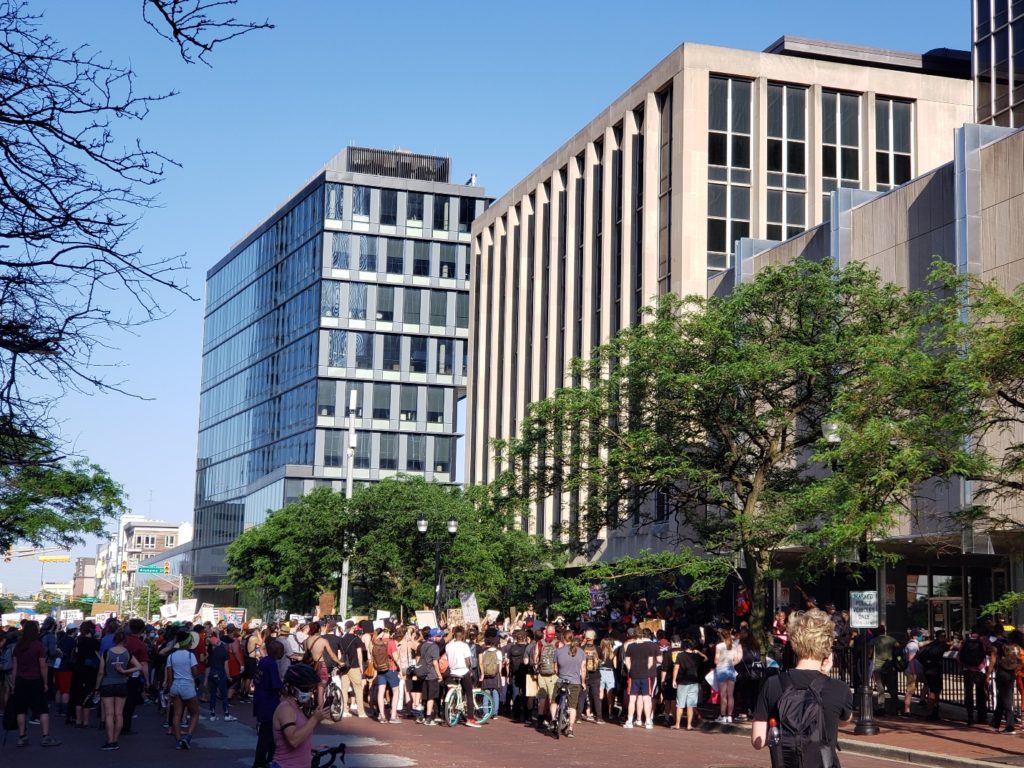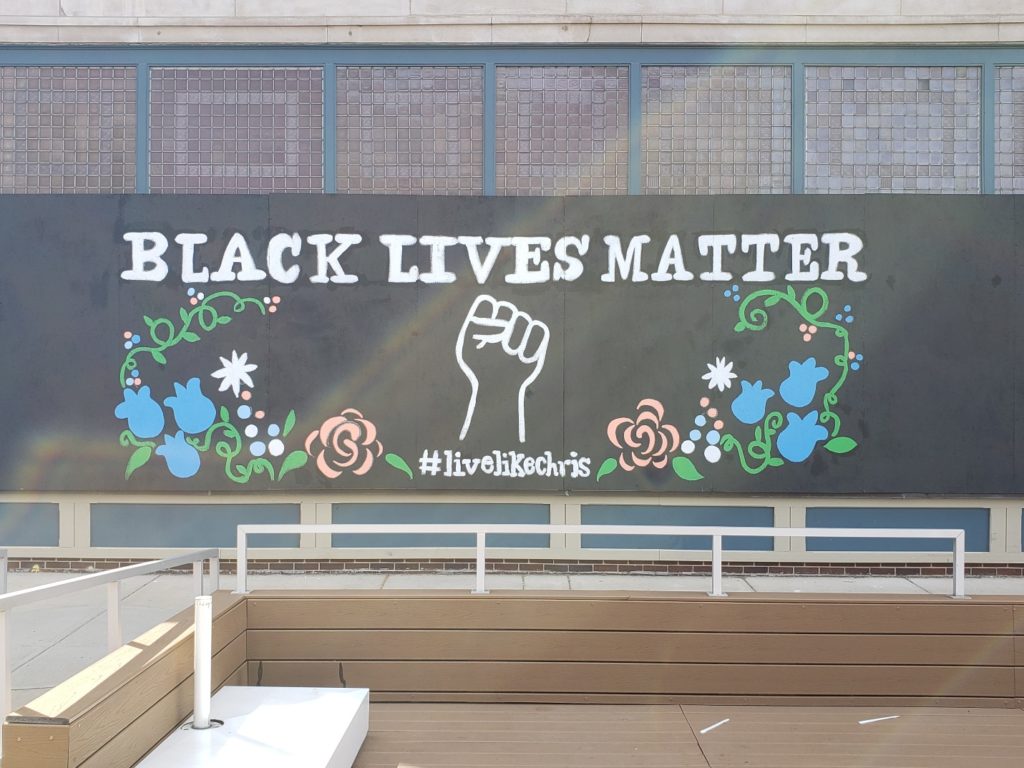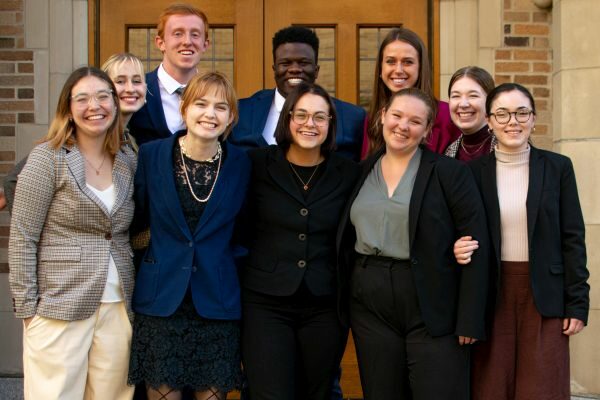
Given the large number of protests occurring across the US, it seems reasonable to wonder just how successful protests can be at influencing public policy. Fortunately, our colleague, Dr. Demirel-Pegg has been studying protest campaigns in Indian, Nigeria, Northern Ireland, and Turkey for her entire career. While the context is different, protest movements often face similar challenges. We have asked Dr. Demirel-Pegg to answer some questions regarding protest movements that have been on our minds and perhaps yours too.
Question (Polisci Blog):
With Black Lives Matter protests sweeping the country, what has your research on protest movements in authoritarian and semi-authoritarian countries taught you about their likelihood of success?
Answer (Dr. Demirel-Pegg):
Protests are very complex events. Indeed, scholars who study protests have highlighted how the country’s general economic and political circumstances, the timing of protests, activists’ tactics, governments’ responses, and even unexpected shocks, such as a pandemic, or an earthquake, can affect the trajectory of protests. Having said that, in general, when protesters use nonviolent tactics, appeal to the masses, and have a strong organizational structure to support their cause, civil resistance campaigns are more likely to succeed. We also know that governments which rely on the use of brutal policing strategies indiscriminately against nonviolent activists generally contribute to the escalation of protests. Scholars refer to that as the “backfire outcome.” We have seen this type of backfiring happen in the Black Lives Matter movement recently, when nonviolent protesters in Lafayette Park near the White House were teargassed and beaten by the police to allow the president to take a picture with a Bible in his hand in front of the historic St. John’s Church. The use of violence against peaceful activists generated a sense of outrage and injustice, and triggered more nonviolent protests across the country. Thus, in terms of bringing awareness to racial injustice, the Black Lives Matter movement has already succeeded, and the US government’s response, ironically, helped spread this awareness.
Beyond raising awareness, however, Black Lives Matter’s success depends on what the movement’s ultimate goal is, and the extent of its goals it can achieve. If the conviction of the four police officers for killing George Floyd is the movement’s ultimate goal, the chances of success are probably relatively high.
However, if the movement’s goal is eliminating systemic racism in the U.S., that is a more challenging task. In that case, to achieve a successful outcome, the Black Lives Matter movement will have to work from within the political system beyond solely relying on street demonstrations and social media activism. Protesting day in and day out is exhausting and unsustainable over time. Through their interviews with movement activists, scholars have shown that activists eventually have to return to their jobs and daily responsibilities and that the initial excitement of protesting fades over time as the crowds get smaller. Then again, social media activism, such liking or sharing a post, does not bring substantive change that is need to eliminate systemic racism. That’s why, the movement has to maintain a strong organizational structure with dedicated leaders that will keep working on this agenda. They will have to mobilize people to vote for policy makers who can fight for their cause for the long haul. They will have to educate their supporters on the various ways to get involved and work for change collectively from within the system. In other words, if the movement can build resilience through a strong organization and make inroads to the political system, their chances of success will be higher.
Question (Polisci Blog):
What leads to their failure?
Answer (Dr. Demirel-Pegg):
The use of violence will be detrimental to the movement. Violent campaigns not only lose the public’s sympathy, but they also give police the legitimacy to use force. As we have seen in the early days of the Black Lives Matter campaign, when outsiders were rioting and looting, protesters were associated with violence. There were calls for law and order from different corners of the society. Many outsiders or bystanders were hesitant to support the protests even though they felt outraged by the video footage of George Floyd’s killing. Once those rioters and looters were out of the picture, we have seen more people support the movement across the country.
Another factor that might lead to its failure would be in-fighting, or splits within the movement. The leadership will have to work very hard to keep everyone focused on the end goal and mitigate potential fall-outs.
Finally, Black Lives Matter has to have a contingency plan against being worn down by moderate concessions. When the movement leaders realize that policy makers are not fully committed to making meaningful changes toward eradicating racism, they have to call it out. Yes, any progress is better than no progress, but the movement has to find creative ways to fight deliberate attempts to stall the movement at every level.
Question (Polisci Blog):
What can the history of protest movements like the Arab Spring teach us about mass protests here in the U.S.?
Answer (Dr. Demirel-Pegg):
The stakes of protesting in authoritarian regimes like in Egypt, Iraq, Saudi Arabia, Syria, or Tunisia were certainly higher during the Arab Spring than protesting here in the U.S. In countries where citizens have limited freedoms and rights, protesting is an extremely risky act. In the U.S., protesting is a constitutional right and our government has to respect that. Our government is supposed to respect our First Amendment rights and not respond to protests in the same manner an authoritarian government does. Such a response is unacceptable and we should not settle for anything less than our government protecting its citizens while they are exercising their constitutional rights in a nonviolent manner.
Second, the Arab Spring protests show us that government leaders have gotten better at crushing protests. When protests first started in Tunisia in December 2010 and then spread to the entire region very rapidly in early 2011, political pundits wondered if authoritarian regimes in the Middle East would survive such large-scale mass movements. Yet, dictators learned fast from Tunisia and Egypt. Under Saudi Arabia’s support and leadership, many governments were able to pre-emptively initiate symbolic reforms, buy-off the opposition, or brutally repress protesters. Since the Arab Spring, we have seen more unsuccessful civil resistance campaigns than successful ones that led to regime change. Therefore, movements like Black Lives Matter need to focus on diverse strategies to counter a variety of government responses.
Question (Polisci Blog):
Protests get a lot of media attention, but what’s the next step? In other words, how do protest demands get turned into public policy?
Answer (Dr. Demirel-Pegg):
Many of us do not fully appreciate the privileges of living in a democratic system. In authoritarian countries around the world, people get killed or imprisoned for fighting for their democratic rights. In the U.S. we have many opportunities to help bring about a change if we do not like what our policy makers do or how we are governed. Some of these rights might require more time or commitment, but some of them don’t, such as voting. First and foremost, the Black Lives Matter campaign needs to work hard to bring out voters in November to elect leaders who support racial equality and justice in our system. That is the first crucial step for long term change. Once the ratio of policy makers who stand for racial equality increases in our political system, the movement has to keep reminding these leaders that they were elected to bring about change, and not to be co-opted into the system. Right now, there is a strong sense that things have changed since the killing of George Floyd. The Black Lives Matter movement has to seize the moment and keep the momentum going, first in the November elections, but also beyond the elections. They have to keep reminding policy makers and citizens that, as Americans, we all can do better than settling for a society wherein racism has prevailed for so long. It is going to be a lot of work and a long-term process, but, over time, as new policies are implemented, we might have a new normal where any type of racism, explicit or subtle, in every aspect of our lives, is truly unacceptable.
Photos by Aaron Dusso




